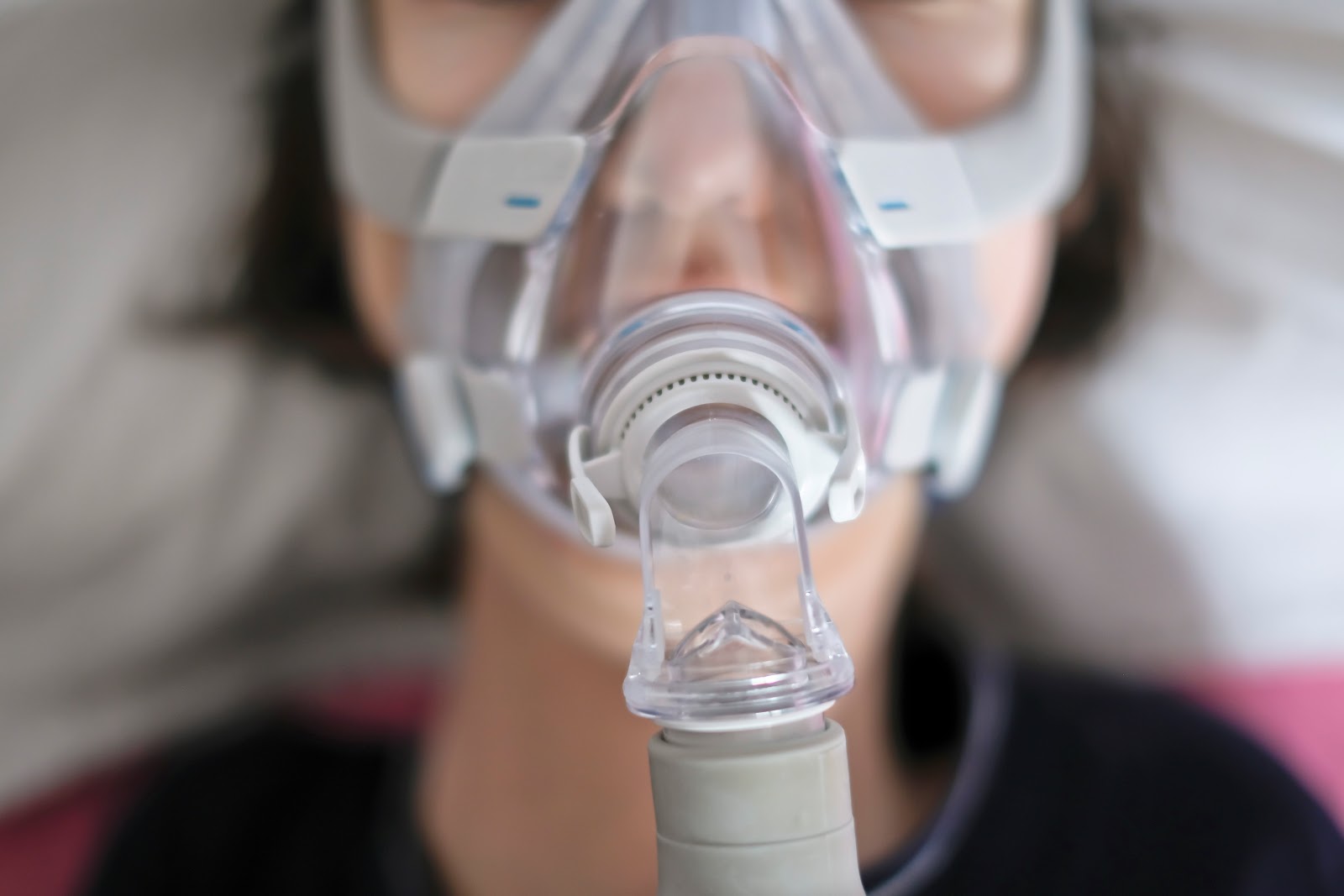Table of Contents
CPAP Equipment Maintenance Best Practices
 One of the most significant factors in maintaining CPAP compliance is taking proper care of your CPAP machine. To have successful CPAP therapy, you must be willing to make your treatment a priority in your life, and that means frequently cleaning and maintaining your CPAP device.
One of the most significant factors in maintaining CPAP compliance is taking proper care of your CPAP machine. To have successful CPAP therapy, you must be willing to make your treatment a priority in your life, and that means frequently cleaning and maintaining your CPAP device.
Fortunately, taking proper care of your device is pretty straightforward and not very time-consuming. With a little adjustment to your regular morning routine, your machine and accessories will be working at 100% efficiency to get you that much-required sleep you’ve been longing.
We care about how well our patients’ therapy is progressing, and we strive to provide as much information as possible to ensure that they are highly informed on the effect that therapy compliance can have on their lives.
One of the most common questions we get asked is, “how often do I require to clean my CPAP equipment?” To answer this question, we set out to compose a comprehensive guide on appropriate CPAP equipment maintenance and cleaning.
CPAP Humidifier Cleaning and Changing
Nearly all current CPAP devices now come stock with a heated humidification system that helps cut down on morning dry mouth and keeping your nasal turbinates from drying out and becoming irritated and inflamed. Nevertheless, the humidification chamber wants to be cleaned out daily to prevent bacteria build-up and calcification. Here’s how:
- Remove the chamber from the humidifier carefully, so water doesn’t enter your CPAP device.
- Open chamber and clean with warm, soapy water.
- Rinse thoroughly with water and dry it on a clean cloth or paper towel out of direct sunlight.
- Fill with distilled or sterilized water. Do not use tap water as it may contain minerals and chemicals that can damage components of the device. It is also not recommended to use filtered water (i.e., through a Brita filter) for similar reasons.
- Once a week, the humidifier chamber should be soaked in a solution of 1-part white vinegar 3 parts water for about 15-20 minutes before rinsing thoroughly with distilled water.
- Some humidifier chambers are dishwasher safe, but be sure to check your CPAP machine’s manual before cleaning in a dishwasher.
- Humidifier chambers should be replaced every 6 months or as required.
CPAP Mask Cleaning and Replacement
 A lot of CPAP mask cushions are made of silicone, a soft, non-irritating material. Nevertheless, while silicone is a very comfortable material for masks, it doesn’t have a long lifespan, and without correct care, it can breakdown faster than expected. Thus, cleaning your CPAP mask is crucial in making it as efficient as possible. Here are some guidelines on CPAP mask cleaning and replacement:
A lot of CPAP mask cushions are made of silicone, a soft, non-irritating material. Nevertheless, while silicone is a very comfortable material for masks, it doesn’t have a long lifespan, and without correct care, it can breakdown faster than expected. Thus, cleaning your CPAP mask is crucial in making it as efficient as possible. Here are some guidelines on CPAP mask cleaning and replacement:
- Clean mask daily with warm water and mild, non-fragrant soap or buy CPAP mask specific wipes and detergents.
- Rinse with water and let it air dry on a clean cloth or paper towel out of direct sunlight.
- Prior to using masks at night, wash your face thoroughly and don’t use facial moisturizers. Facial oils and moisturizers can breakdown the silicone quicker.
- Once a week, soak mask in a solution of 1-part white vinegar 3 parts water prior to rinsing in distilled water.
- Headgear and chinstraps should be washed as required by hand using warm soapy water, rinsed well, and air-dried. Do not place headgear or chinstraps in the washing device or dryer.
- For replacement timetables of CPAP masks, you should check both your manufacturer’s recommendations and your insurance allowance. Though, for most masks, it is recommended that you replace the cushions 1-2 times per month and the mask every 3-6 months.
- CPAP tubing should be washed weekly in a sink of warm, soapy water, rinsed well, and left to hang-dry out of direct sunlight.
General CPAP Maintenance & CPAP Cleaning Guidelines
- Make your CPAP machine cleaning part of your morning routine, allowing the equipment ample time to dry during the day.
- Maintain your machine and accessories out of direct sunlight to avoid damaging them.
- Never use bleach to clean CPAP supplies.
- Other machine accessories like power cords and data cards may need to be replaced due to equipment malfunctions.
- Place the machine on a level surface away from objects like curtains that may interfere with the air intake.
- Always employ distilled or sterile water when cleaning components.
- Keep track of when you ought to order replacement parts for your mask and accessories to get the most out of your therapy.
With these simple tips on cleaning and maintaining your CPAP machine and accessories, you will assuredly have a much better CPAP therapy experience. And remember, you can always contact us. If you would like care and cleaning information graphic handout, you can also contact Best CPAP Cleaner.





 Shop
Shop



